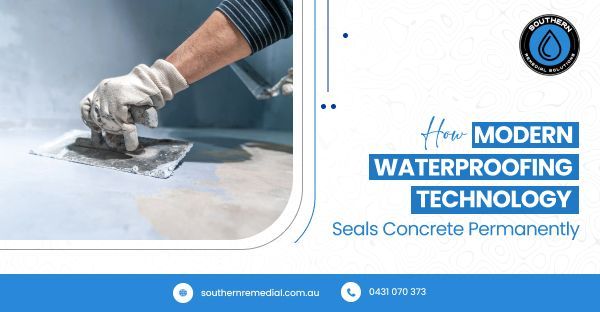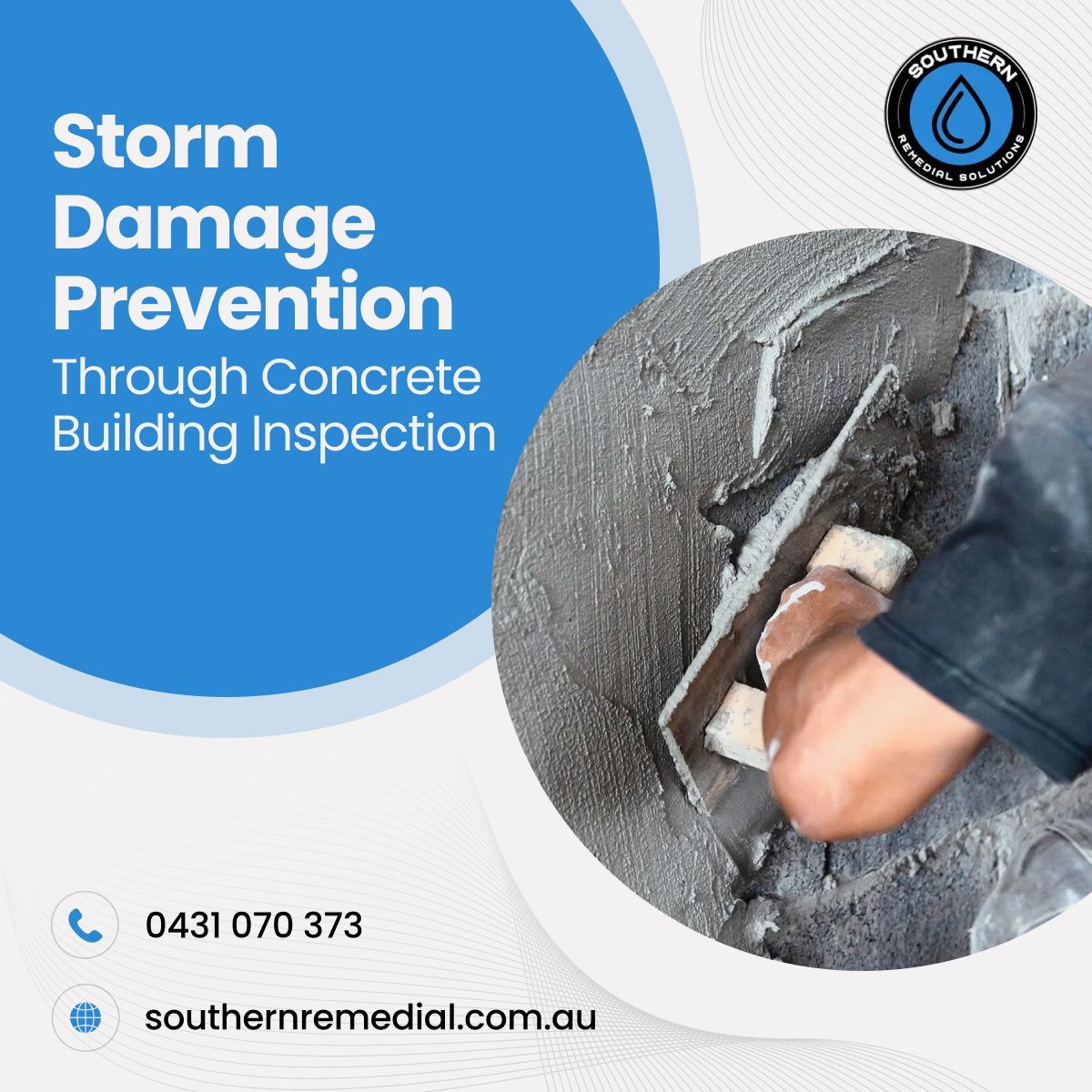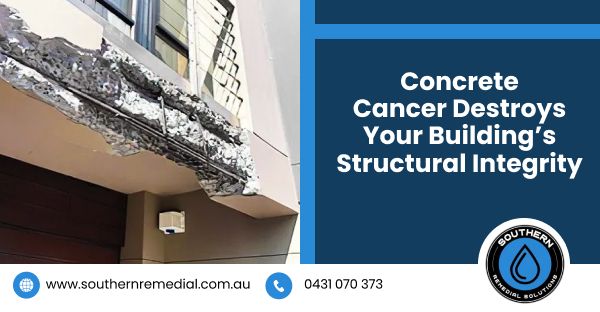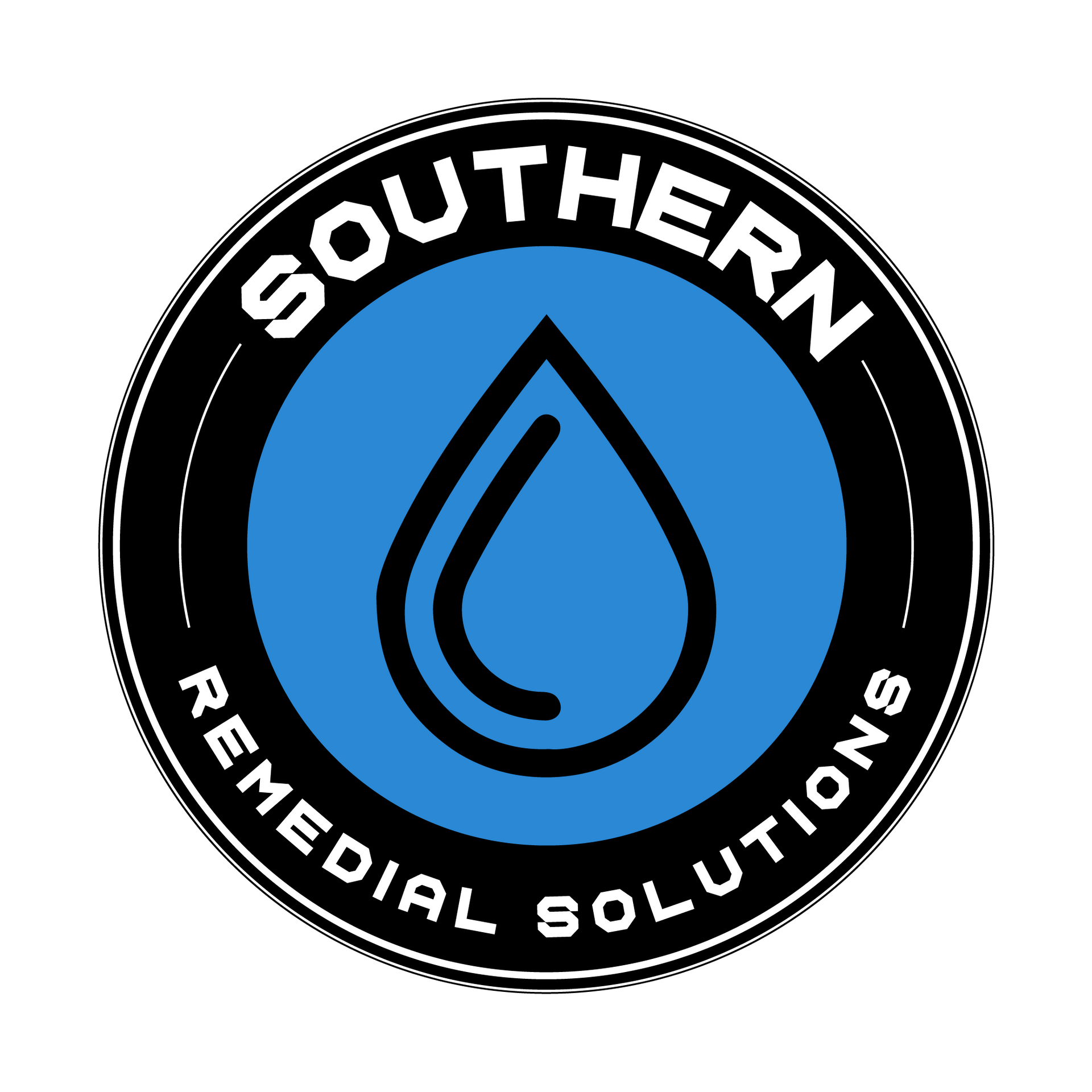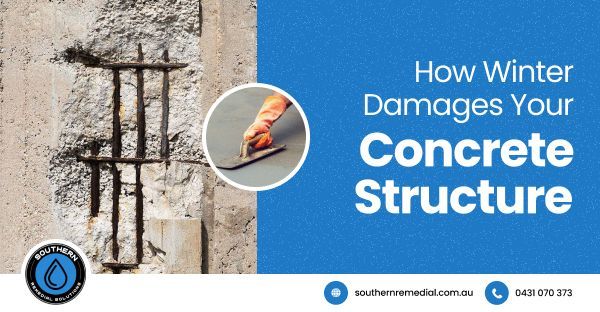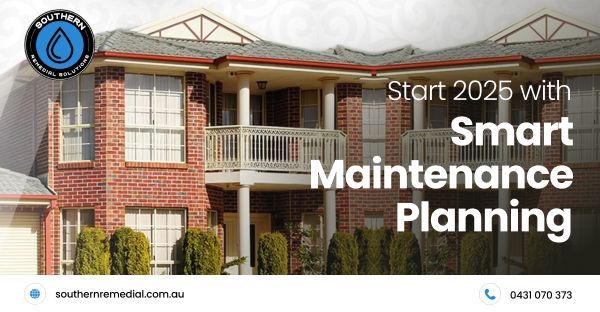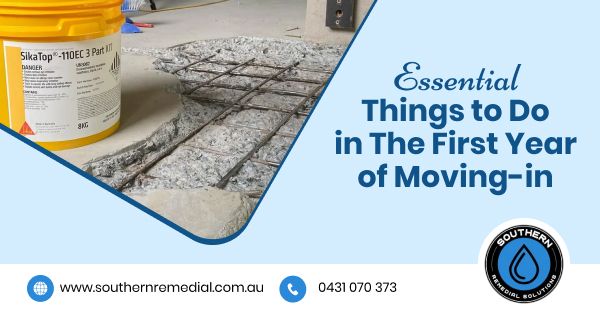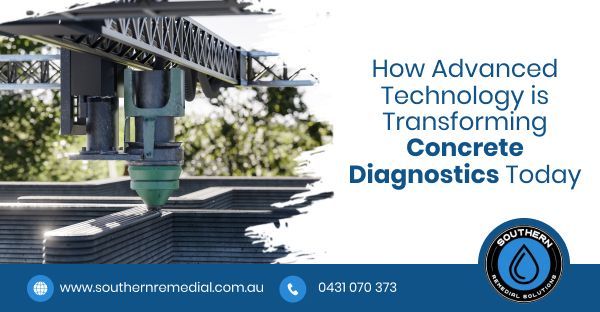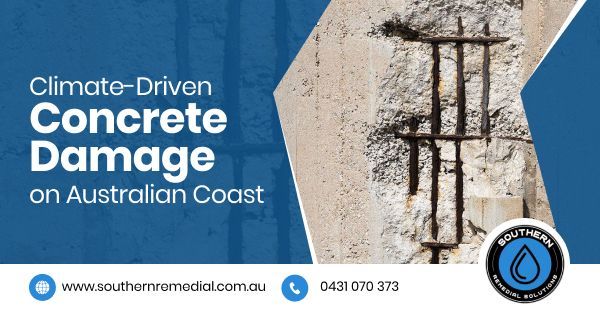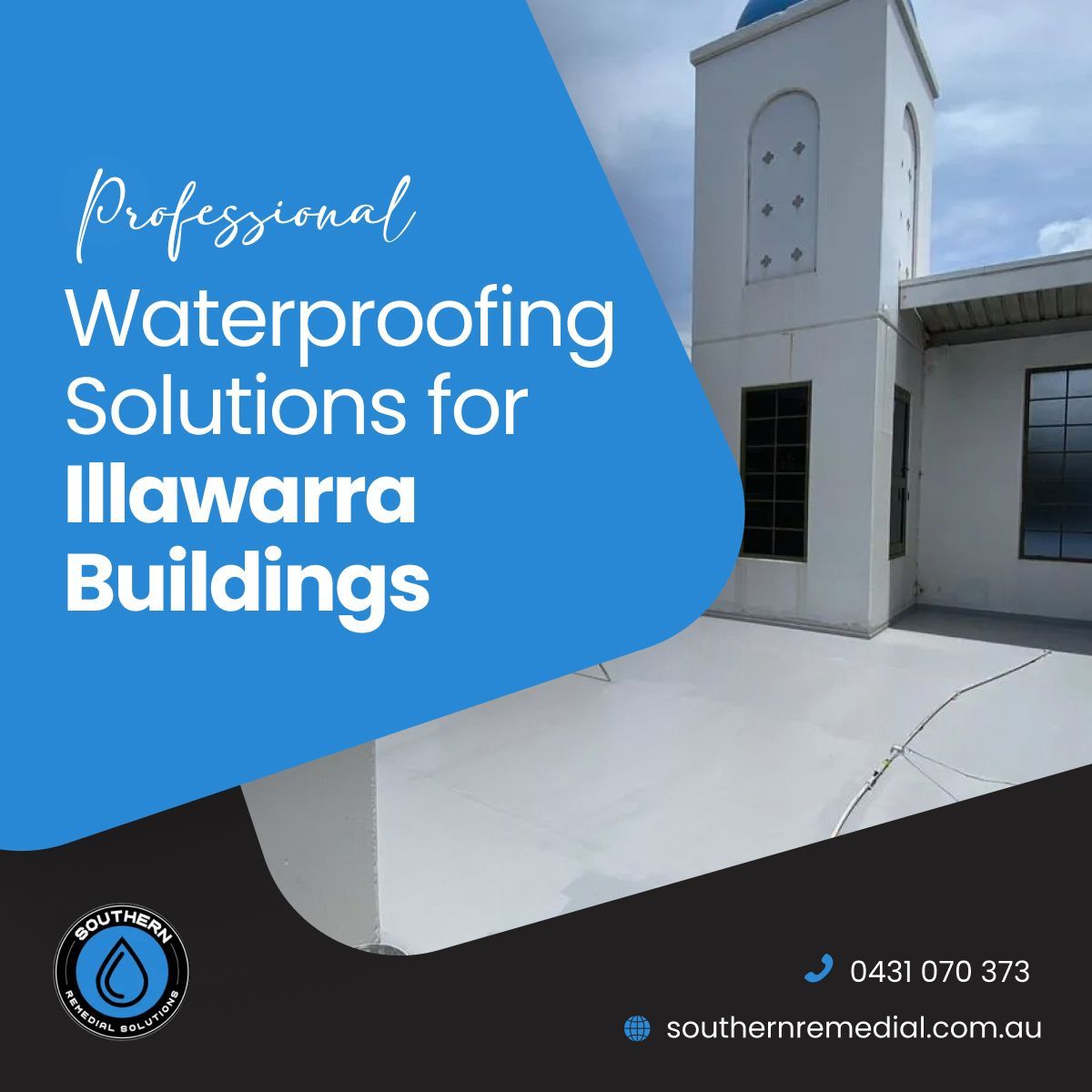Magnesite Removal: What It Is and When Should You Get It
Is your old flooring made up of magnesite? Perhaps you have noticed subtle signs of wear and tear, but you're not sure what's causing it? If that's the case, it's essential that you consider a professional assessment to determine whether magnesite is the underlying issue. By understanding the composition of your flooring, you can ensure its structural integrity while providing lasting concrete repair solutions for your historical property.
In this blog, we'll explore what magnesite removal is and why it plays a crucial role in maintaining the health and longevity of your structure. Furthermore, we'll look at some circumstances when it becomes essential to consider magnesite removal. Whether you're facing structural concerns, seeking for renovation, or adapting to evolving industry standards, understanding the indicators for magnesite removal ensures a proactive approach to safeguarding the integrity of your concrete structures.
What is Magnesite Removal?
Magnesite removal refers to the process of removing existing magnesite from a structure in a safe and efficient manner. Commonly used in different applications such as industrial facilities, pipelines, water treatment plants, and construction sites, this procedure is vital for preventing corrosion, reducing scaling, and ensuring the overall efficiency of systems.
Magnesite is a type of cement produced using magnesium oxychloride. It is extremely rich in harmful chlorides, leading to issues such as sweating, the diffusion of chloride ions into the concrete substrate and concrete slabs corrosion, build up of lumps appearing beneath the floor covering or cracks in the floor tiles.
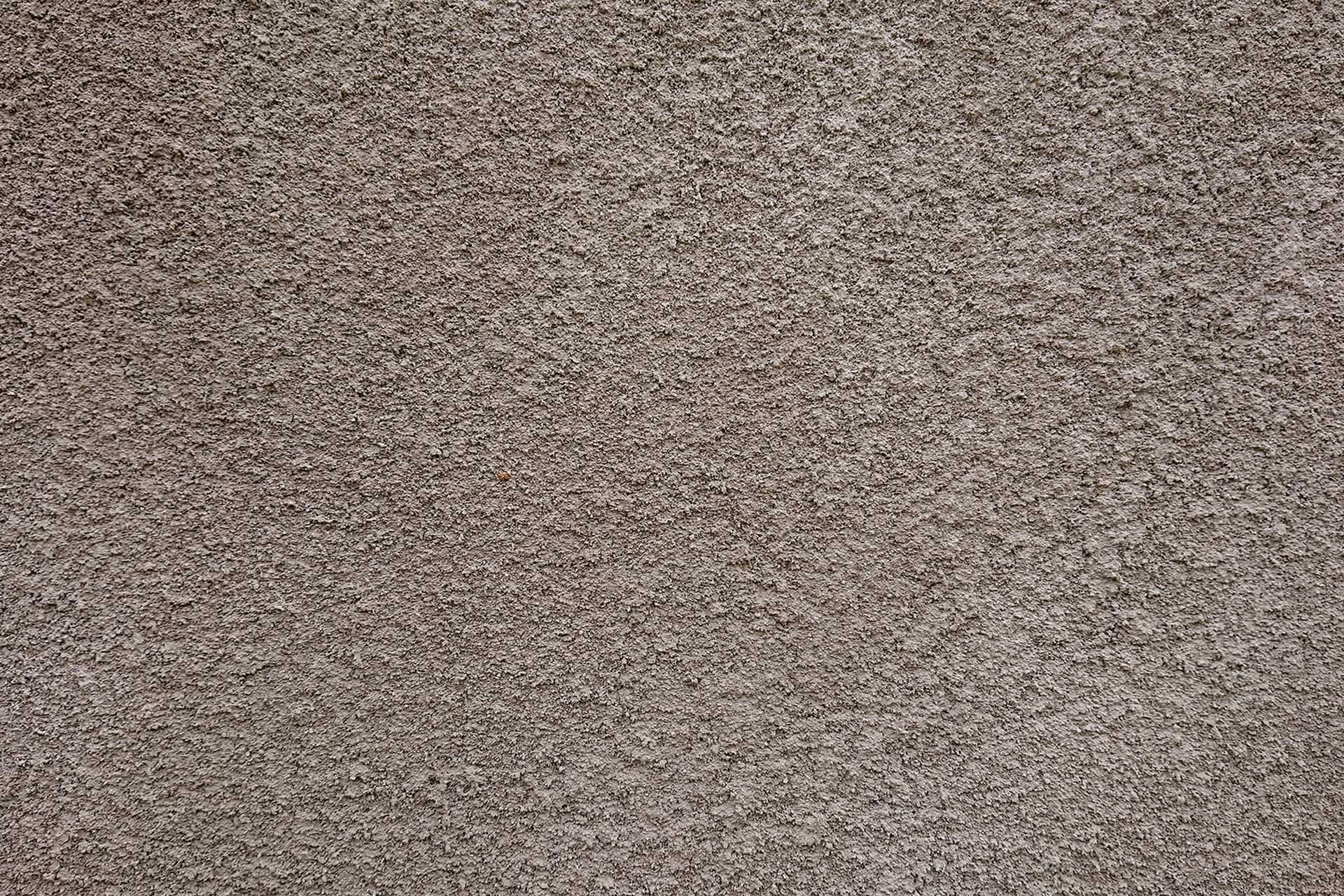
From the 1920s to the 1980s, magnesite floors were originally used as a floor covering for many residential and commercial buildings. However, over time, the recognition of magnesite's susceptibility to wear, cracking, and discoloration led to the need for specialised removal processes. Today, the modern approach to magnesite removal involves advanced techniques and equipment, ensuring thorough extraction without compromising the structural integrity of the underlying surfaces.
When should you remove magnesite?
Magnesite should be removed under certain circumstances. Here are some situations in which removal is necessary:
Deterioration
Over time, magnesite flooring can deteriorate, especially when there is exposure to moisture. Deterioration can lead to the release of dust or fibers and this can pose potential health risks. So if the magnesite flooring or other structures are showing signs of damage, cracking, concrete cancer, or wear, then magnesite flooring removal may be necessary.
Asbestos Content
Older magnesite floor tiles may contain asbestos, a known health hazard that was commonly used in construction materials for its fire-resistant and insulating properties. Asbestos exposure can lead to serious health risks, including lung diseases such as lung cancer, asbestosis, and mesothelioma. Therefore, if you suspect that asbestos material is present in your floor tiles, it is crucial to conduct proper testing by certified professionals and, if confirmed, get your magnesite flooring professionally removed.
Corrosion
Magnesite removal should be considered if it is in contact with the concrete slab and there is evidence of corrosion-related issues. If the magnesite is contributing to the diffusion of chloride ions into the concrete slabs, then it may pose a risk of accelerating corrosion in embedded metals, such as steel reinforcement. This corrosion can compromise the structural integrity of the concrete, leading to cracking, spalling, concrete cancer, and deterioration.
Renovation or Remodeling
If you are planning to renovate or remodel a space and want to change the flooring material, removing the existing magnesite may be part of the renovation process. This is common when upgrading to modern flooring materials.
Obsolete Applications
Aside from removing magnesite flooring, it may also be necessary to remove magnesite in older applications that may have become obsolete or replaced by more advanced and safer materials. As technologies continue to advance, the removal of outdated magnesite applications becomes an essential step in enhancing the overall functionality, safety, and environmental impact of structures across various industries.
Takeaway
Magnesite floor removal is necessary when addressing structural concerns, ensuring the longevity and stability of the underlying foundation, or adapting to evolving industry standards. Whether in industrial settings, water treatment plants, or older residential and commercial buildings, the process is not only about eliminating a material but also about embracing advancements in safety, sustainability, and performance.
At Southern Remedial, we specialise in concrete repairs including professional magnesite floor removal services. Our concrete remediation experts are equipped to assess, diagnose, cure, and address moisture-induced issues, ensuring a thorough and effective removal process. Get in touch with us today to receive a free estimate.
